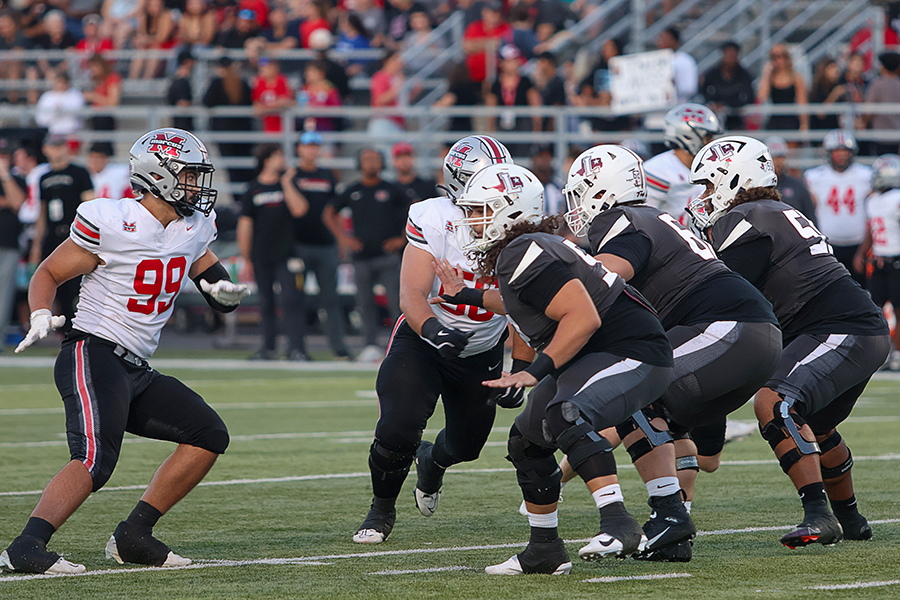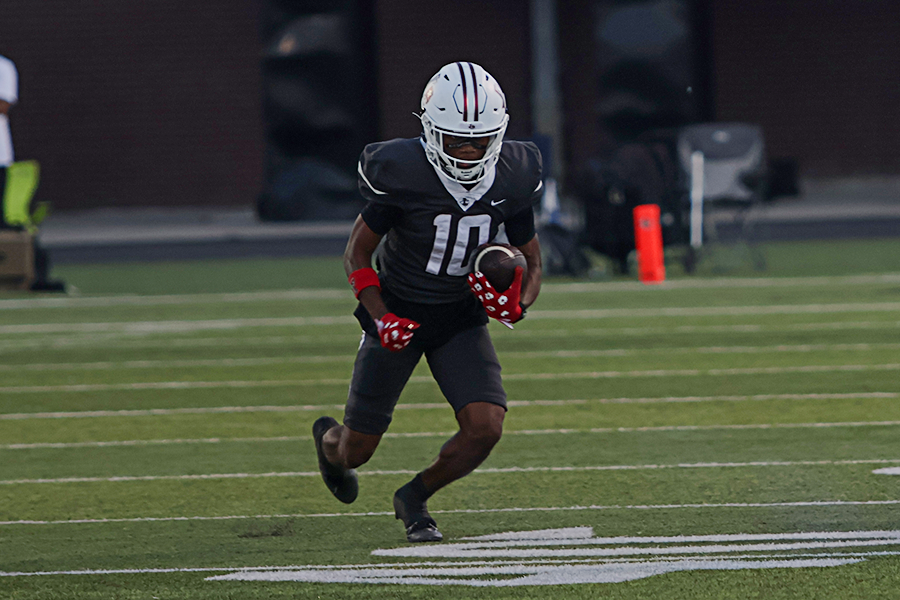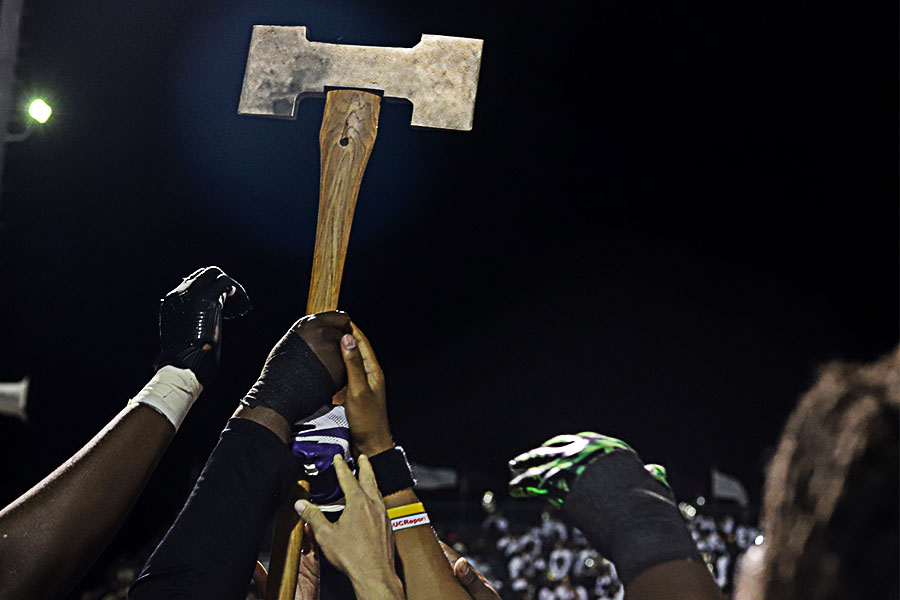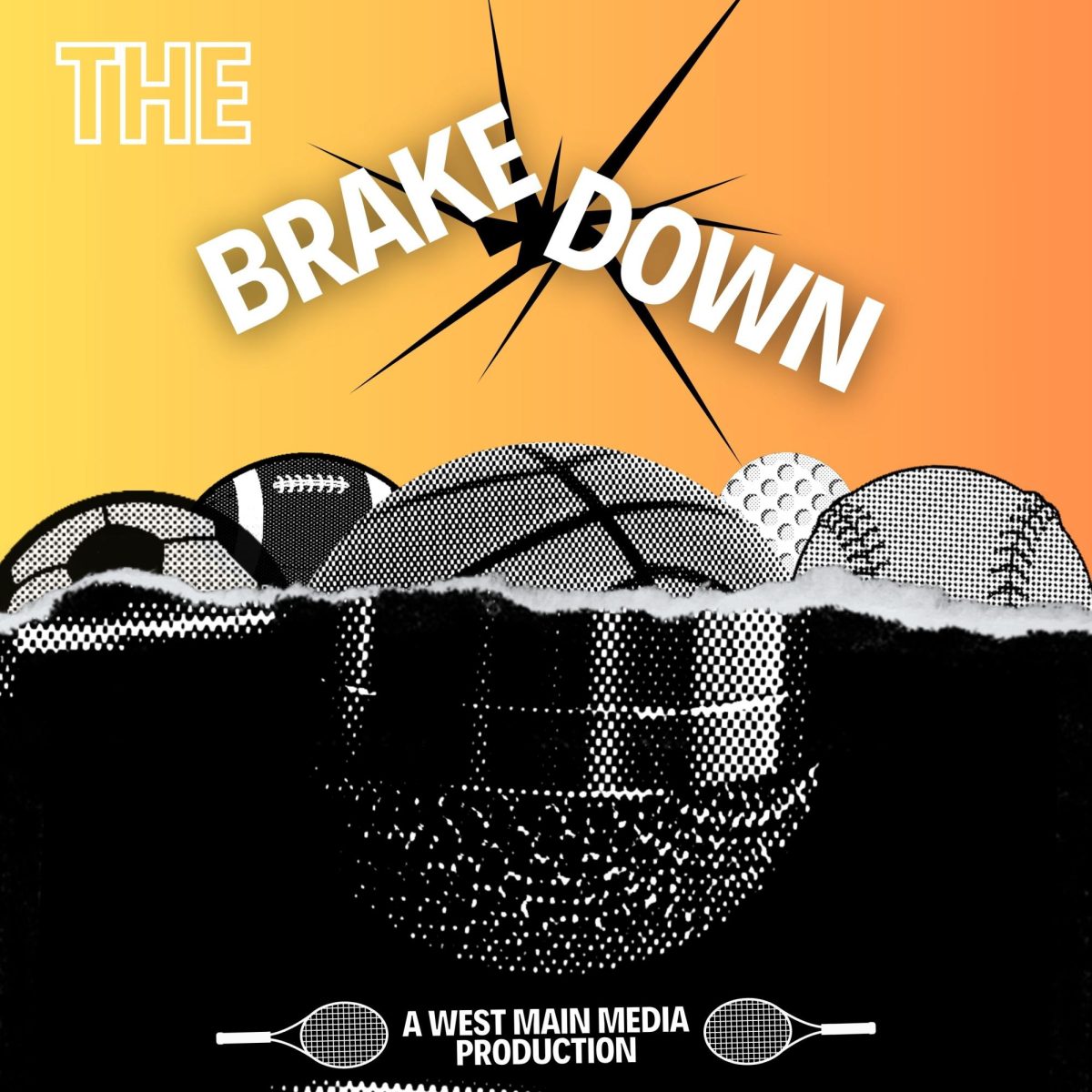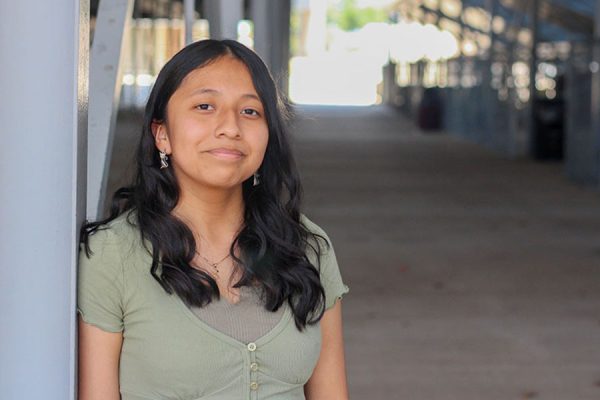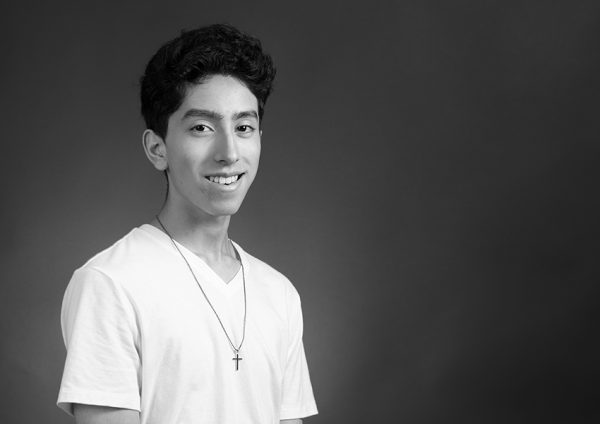Technology has been a part of society for as long as Generation Z can remember; it’s almost become a habit to depend on it for the betterment of lives. However, with this dependency, students have started to rely on AI for their academics, leading to faculty discussing their opinions on its usage in the classroom.
For English teacher Blake Hollowell, his stance on AI varies on the drawbacks it might have to student learning.
“One of the stipulations I have for my students is AI should never steal your voice,” Hollowell said. “Essentially, I think what makes us human is how we use our voices to bring our ideas to fruition, from our head into the world, or onto a paper. I think that shouldn’t go away. AI can absolutely be an incredible editing tool, but we have to be careful about it.”
AI started to gain popularity back in 2020 due to its tools that can be used both in and outside of school, for positive and negative purposes.
“AI, to me, is being abused by students,” English teacher Rita Lasuzzo said. “I think they could use it to improve their writing, but not to write for them.”
Multiple staff members view this technological advancement as a negative impact in their classroom, primarily because of its link to plagiarism. However, some teachers hope for students to use their own knowledge instead of copying and pasting information.
“If a student uses a word I’ve never heard before, then that would be a telltale sign of AI,” English teacher Gianna English said. “I would also just plug in some student’s writing into AI checkers online, but those aren’t always 100% accurate, and sometimes I would ask students ‘did you use AI?’ Oftentimes, they would be honest, telling me they did.”
English then goes on to explain how AI makes it harder for educators to help students as their academic ability is being decreased by AI tools.
“Unfortunately, many people mistake AI writing tools as an easy way to construct text,” English said. “However, I can’t help students become stronger writers unless I see their writing, so using AI in this way robs students of an education. Furthermore, it steals intellectual property from writers around the world, and not all of that information is well-written or accurate. Basically, students who use AI to write for them continue to fall behind in their ability to communicate.”
For teachers, AI is mainly seen as a problem they can’t get rid of. However, for students, this technology advancement is seen as a life hack, if not, a miracle.
“Sometimes [I would use it] to figure out an answer without having to go into Google through multiple different sources,” junior Peyton Seybert said. “I wouldn’t use it to cheat. For example, if my physics teacher isn’t here, I would use it to find formulas I need to solve a problem.”
With the 21st century bringing more and more technological advancements, the future of AI has only yet to advance and impact the lives of millions.
“The reality is it’s actively changing the world we live in, it’s going to continue changing the world we live in,” Hollowell said. “My personal perspective is I’d like for my students to be able to have access to AI tools so long as they’re using them in the right way, and that takes a lot of thought on the educator’s part: What’s the right way to use AI tools, and is it even worth it to risk students using it the wrong way?”

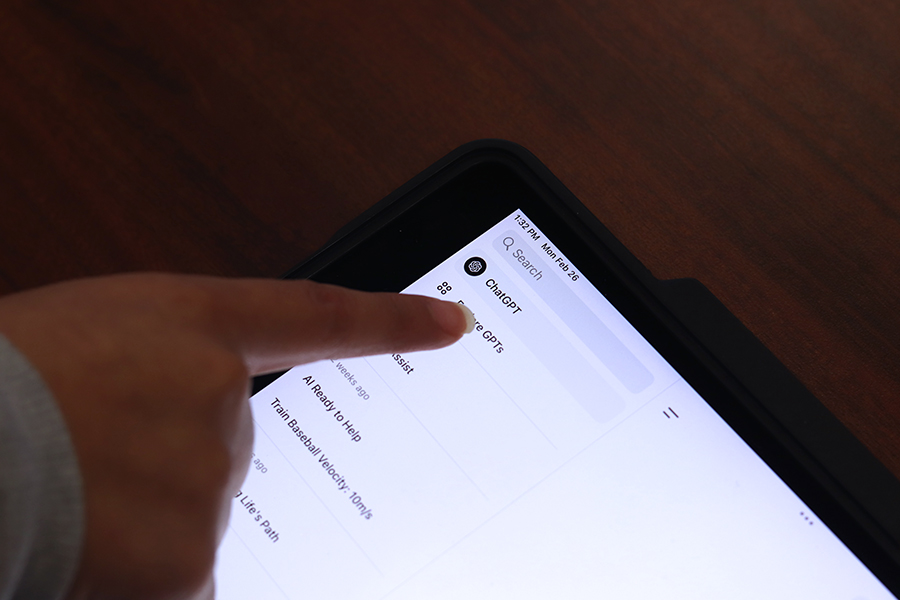
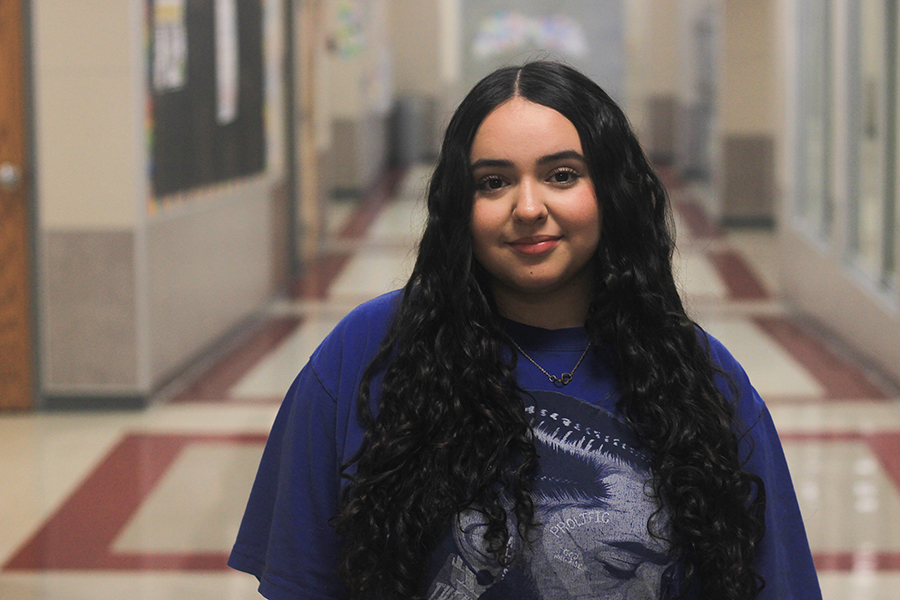
!["I hope to become fond [of] and understand the new dynamic of a life where I don't really have boundaries set by another person, but rather more of a liberal freedom."](https://farhar.net/wp-content/uploads/2025/05/topten9.jpg)
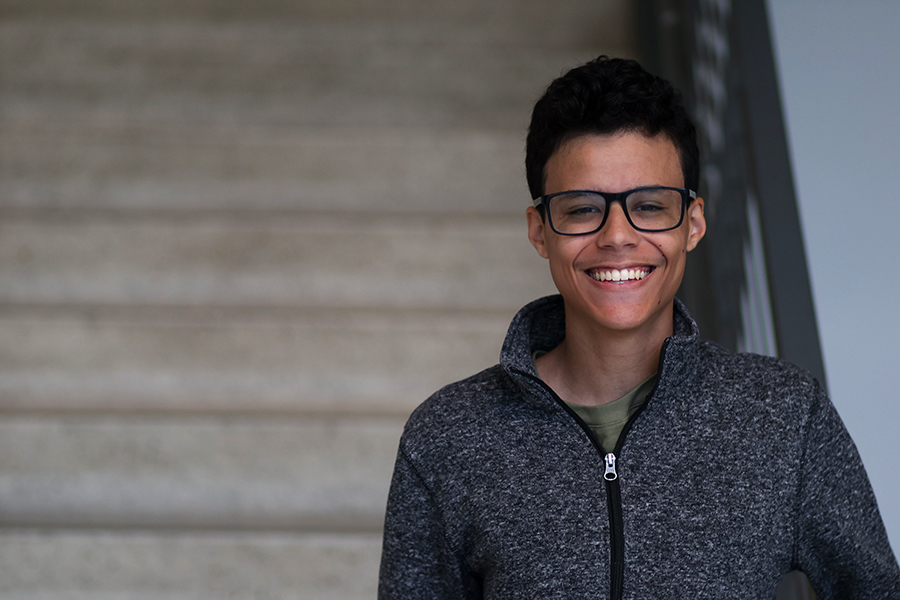
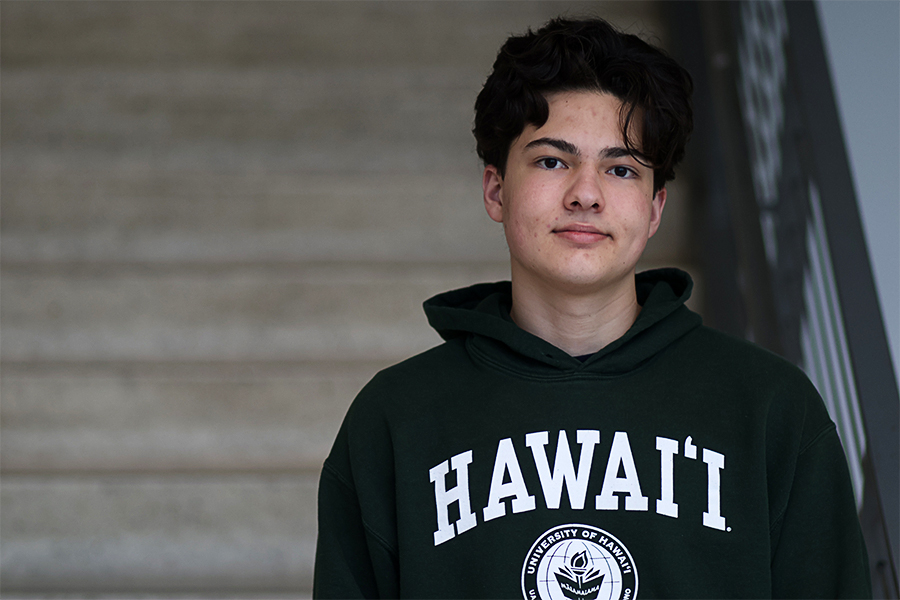
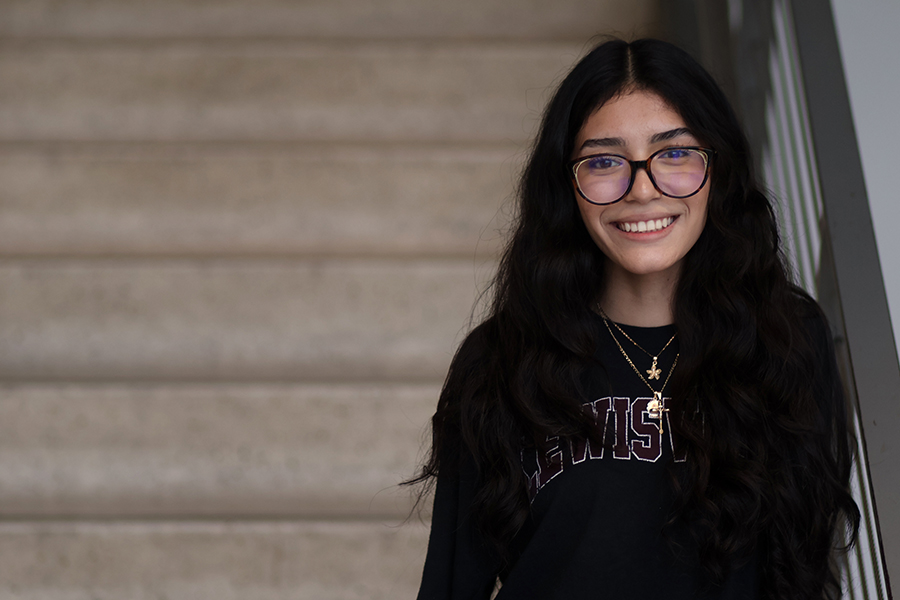


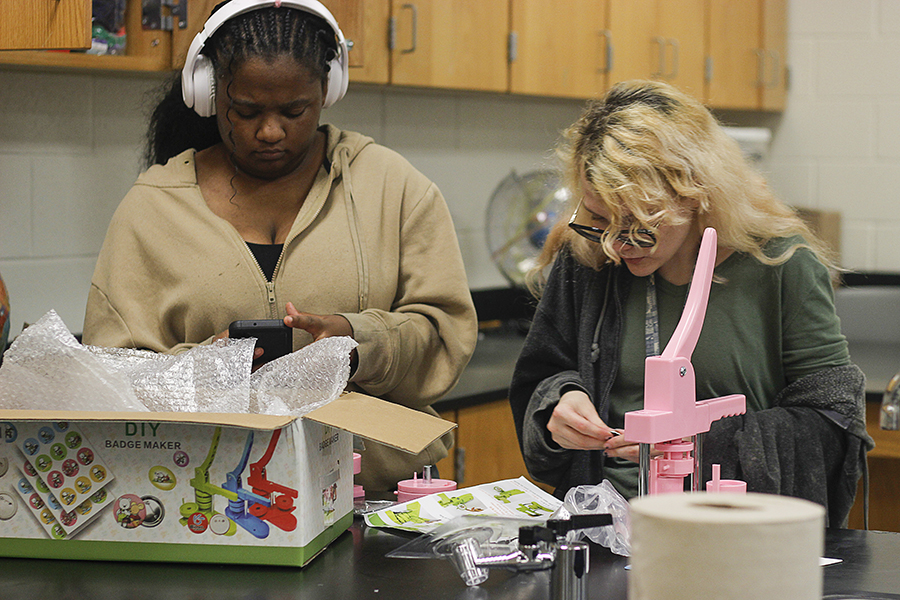
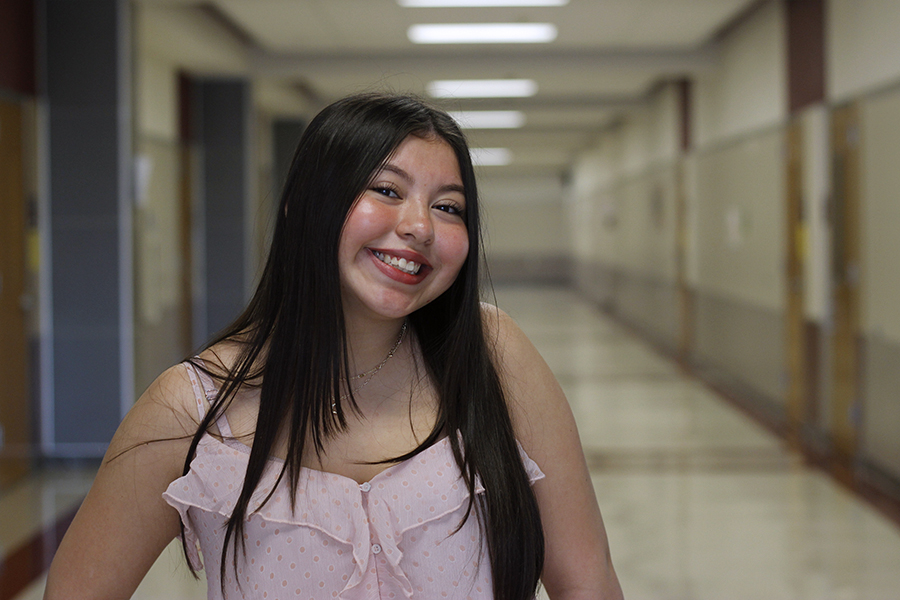

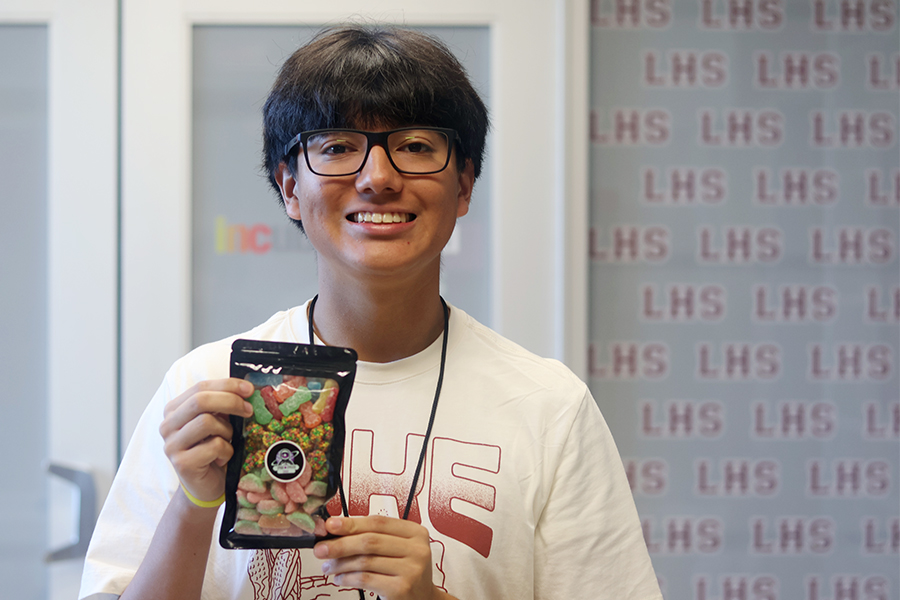
!["Learning is a really important aspect of high school – that's why we're here. I think the whole top ten thing can also encourage somebody [to] focus on grades and not the actual learning."](https://farhar.net/wp-content/uploads/2025/05/topten6.jpg)
